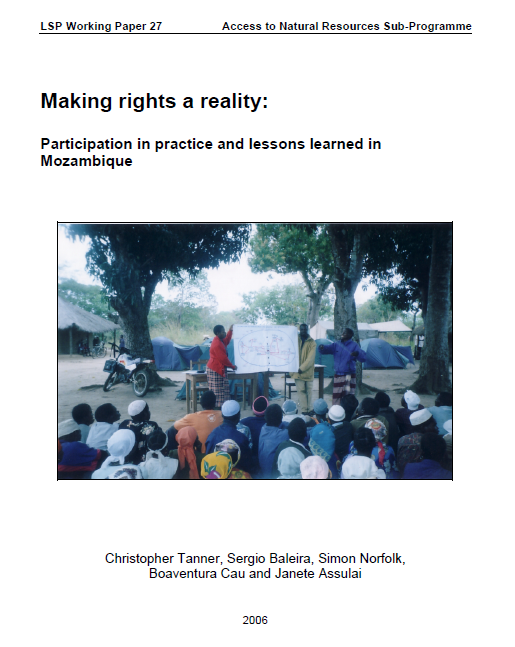Understanding the links between agriculture and health: Agrobiodiversity, nutrition, and health
"With half the world’s population living in cities and towns, many poor urban dwellers face problems gaining access to adequate supplies of nutritionally balanced food. For many urban populations, an important source of food is urban and peri-urban agriculture (UPA). Production and processing of crops—particularly horticultural crops—and livestock is frequently part of urban and peri-urban livelihood strategies, and the food produced forms a large part of informal sector economic activity.








